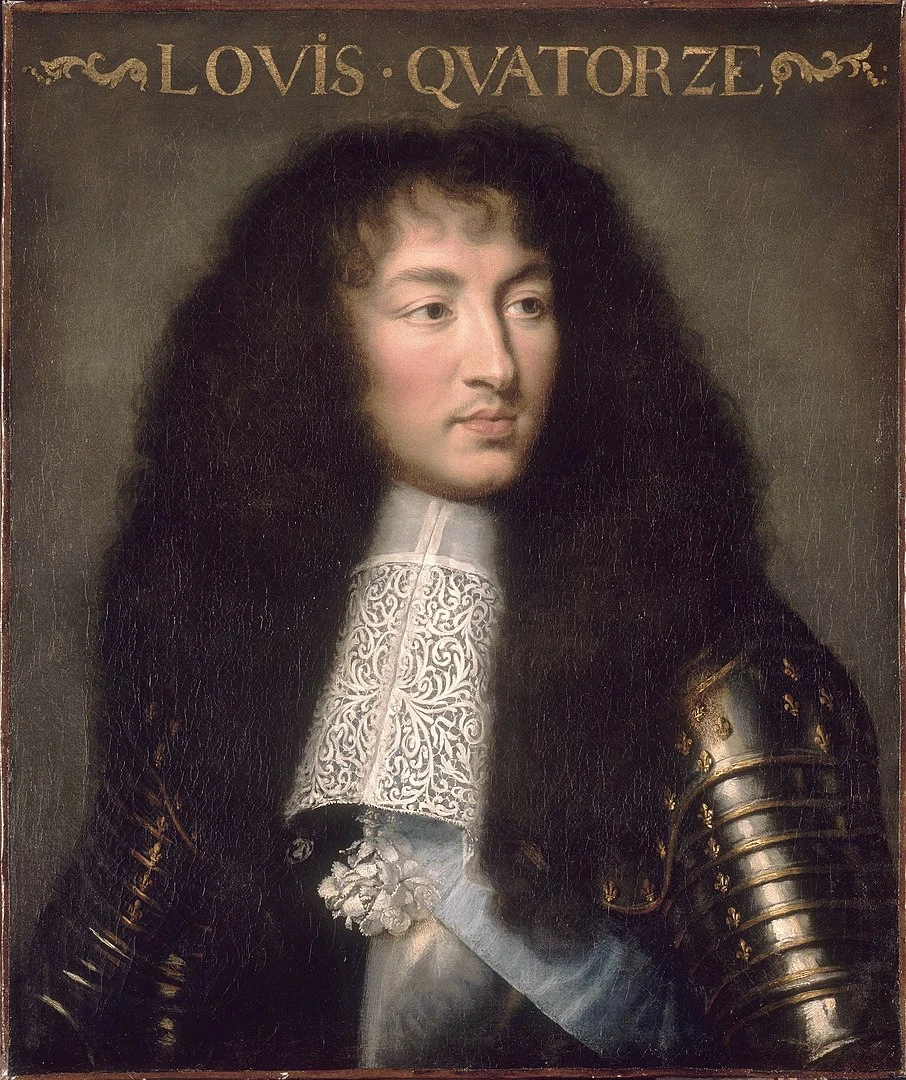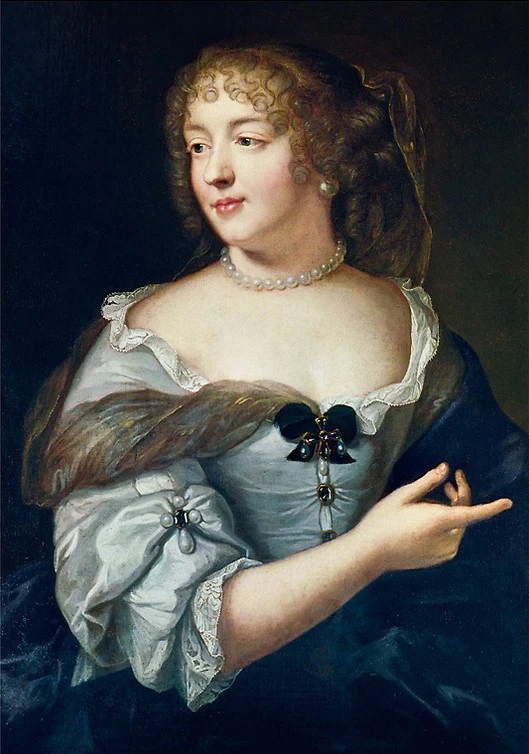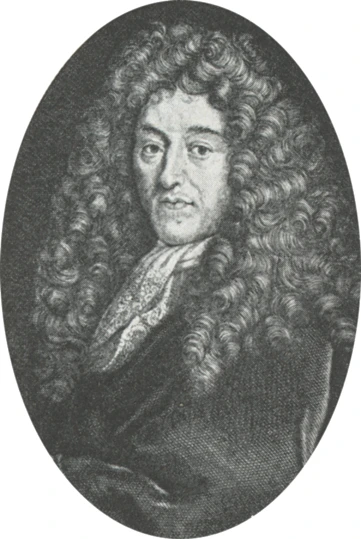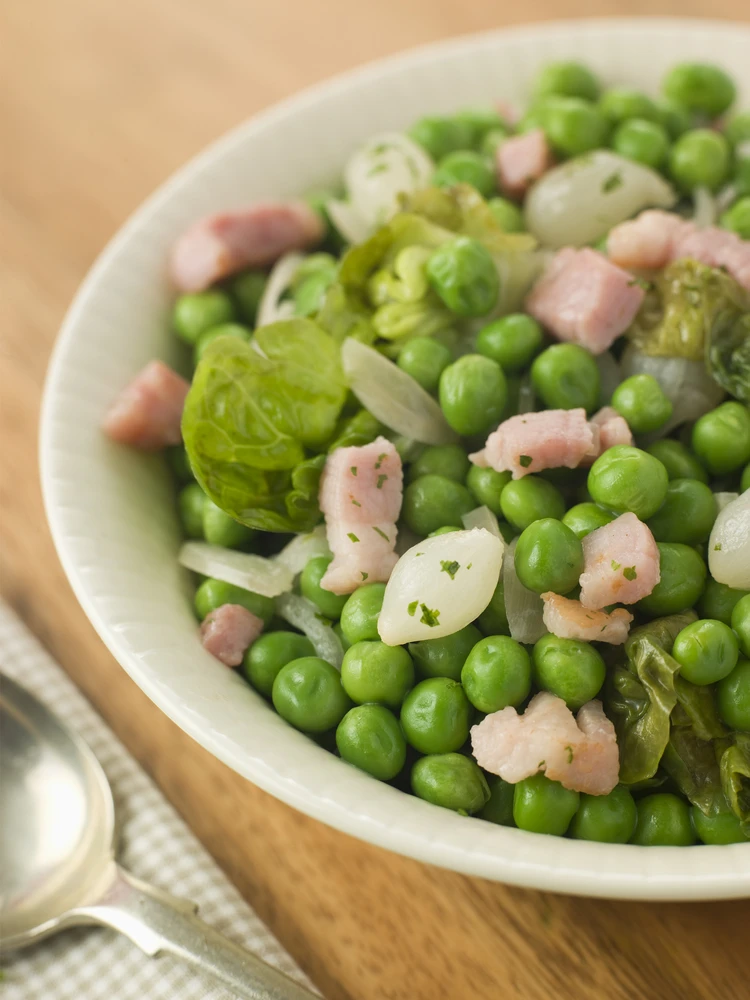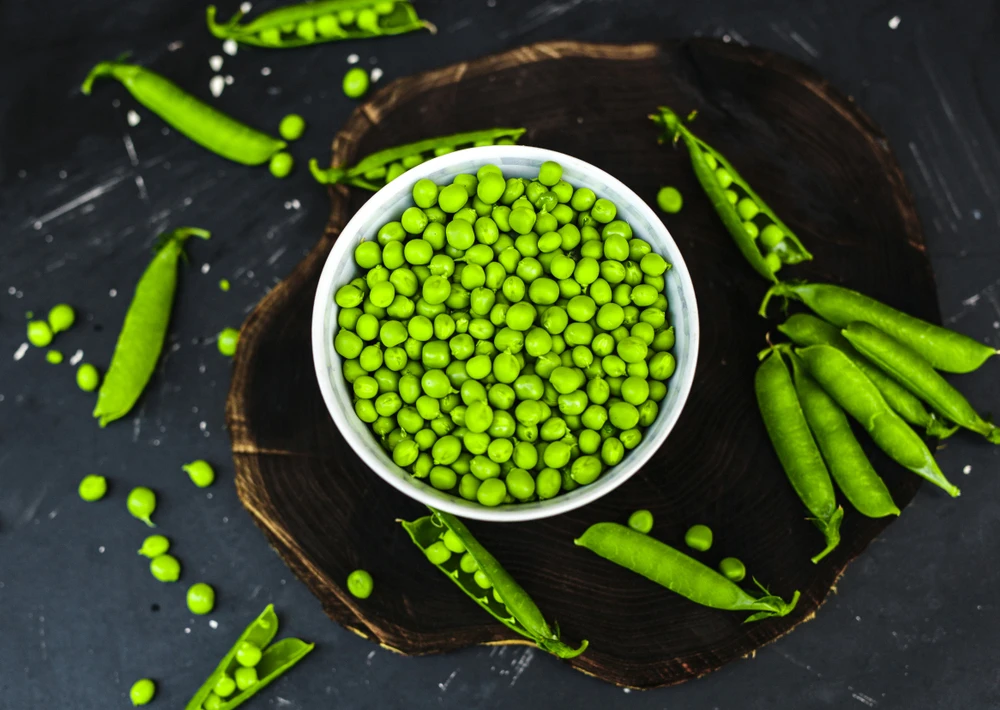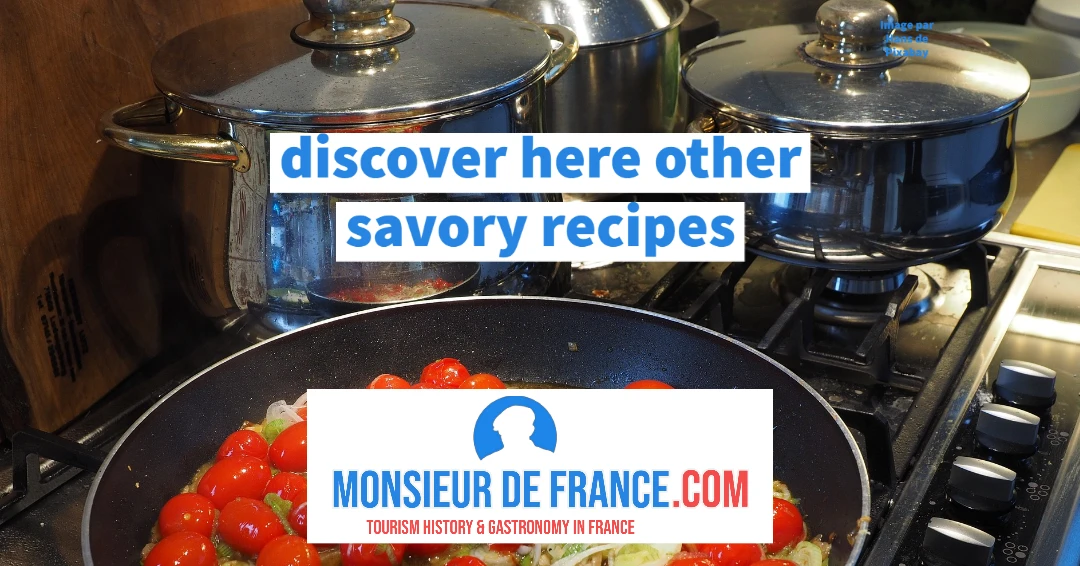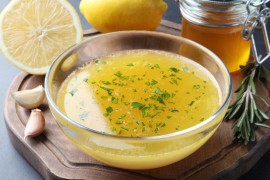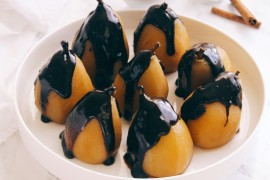The delight of Louis XIV
A delicious surprise for an ogre's appetite
In 1660, when Versailles was still only a pleasure castle, Louis XIV, a young king, 22 Yo, was endowed with an ogre's appetite that would never leave him, even when he was old and had lost all his teeth. This is a real concern for his doctors, whose reports are nothing but complaints about the fact that the king eats too much. This amazes contemporaries, including his sister-in-law "Madame" who writes that in one meal the king can eat "four full plates of various soups, a whole pheasant, a partridge, a large plate of salad, two large slices of ham, mutton with juice and garlic, a plate of pastries and then fruit and hard-boiled eggs"
Louis XIV in 1661 (attributed to Charles Le Brun). He was 23 years old and had discovered peas.
The king liked everything that was offered to him, but the year 1660 marked a real culinary discovery for him. One of his officers, a man who worked with the royal kitchens, returned from Italy and presented the king with a vegetable he had discovered during his trip: peas in their pods. Curious, and very greedy, as we have seen, the king asked for this novelty to be cooked and served to him. The chefs of Versailles being French and therefore gifted for cooking (yes, we have the right to be chauvinistic), they prepared these new peas and served them to the king. He loved them so much that he asked for more. They were, for a very long time, his favorite dish, which had several consequences...
The madness of the peas at Versailles
The king being the center of the Court of Versailles, one of his desires can only become the envy of the courtiers. Since the king loves peas, the courtiers love peas. They bring them from Italy, they cook them, they prepare them with all kinds of sauces, including sweet ones. The Marquise de Sevigne testifies: "the chapter of peas always lasts: the impatience to eat them, the pleasure to have eaten them, and the joy to eat them again, are the three points that our princes have been dealing with for four days. There are ladies who, after having supped at the king's, and supped well, find peas at home to eat before going to bed at the risk of indigestion". The Marquise didn't think she was saying it right: in 1706, the king, having eaten too many peas, had to go to bed, suffering from indigestion which could have been fatal as well as royal.
The Marquise de Sévigné (attributed to Claude Lefebvre).
And the acclimatization by Monsieur de la Quintinie
18 years after discovering the peas, Louis XIV continued to develop his Versailles castle. He enlarged and decorated the castle and its fabulous gardens. But he did not forget his great pleasure of eating. To provide for the needs of the court and his table, Louis XIV often hunted, but he especially had the idea of creating a vegetable garden not too far from his brand new castle. In 1678, the "king's vegetable garden" was set up in the place where it still stands today. It covers 9 hectares. Structured "à la Française", like the gardens of the castle, it is made of symmetrical squares. It is Monsieur de la Quintinie who takes care of it all. "Director of the orchards and vegetable gardens of the royal castles", Jean-Baptise de la Quintinie (1626-1688) will do everything to acclimatize the cold Italian peas to the harsher climate of the Ile de France. And he succeeded. It is thus from his garden that Louis XIV's peas will come throughout his life in Versailles.
The king's fabulous kitchen garden
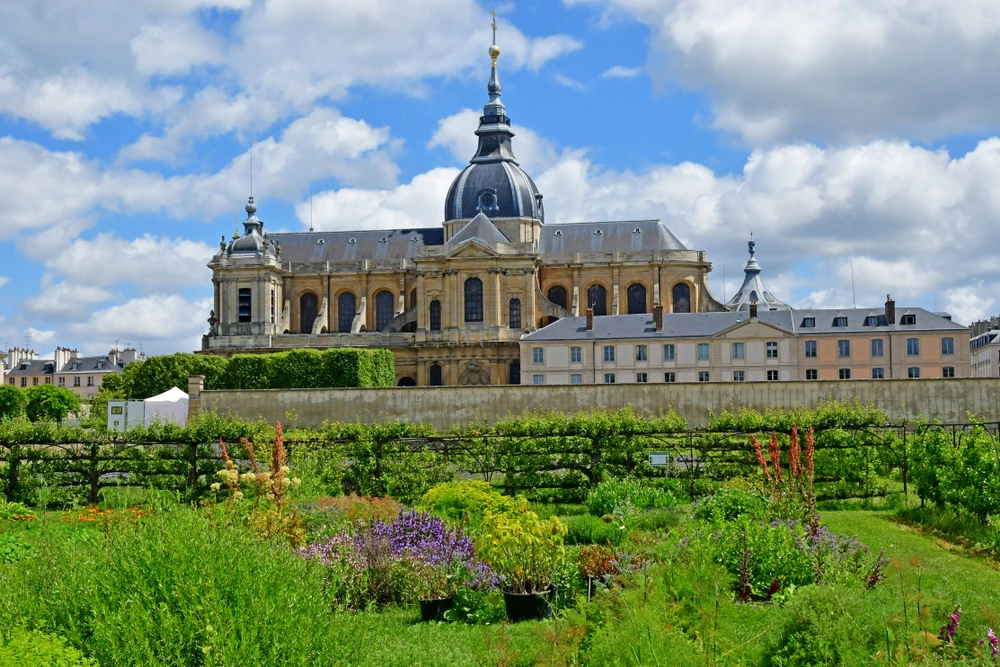
The king's vegetable garden in Versailles photo by Pack-Shot/Shutterstock.fr
Very talented, passionate about what was not yet called botany, Monsieur de la Quintinie worked wonders in the king's kitchen garden. He managed to cultivate more than 400 different species and to bring strawberries, melons, cucumbers and other mushrooms (which he was one of the first to grow) to the royal table. He also looked after exotic fruits such as oranges, lemons and pineapples, which were very expensive and which were protected in winter in a dedicated building: the orangery (which still exists and can be visited in Versailles).
Monsieur de la Quintinie (1626 - 1688) King's gardener.
Curious and scientific (he studied the earth and plants with the new instrument of the microscope). La Quintinie developed and improved many techniques, from mulching to protect the soil, to irrigation, to the creation of the first greenhouses or the pruning of trees, which allowed him to grow pears in espaliers, as is still done today, and which greatly improved the yield of pear trees.
Peas in the kitchen:
Recipe for French-style peas:
These are peas cooked in butter, bound with cream, in which we put a little lettuce, but also often some carrots and especially bacon. They traditionally accompany the "Pigeon aux petits-pois à la Française" which was one of the favorite recipes of Louis XIV.
A plate of French-style peas photo by Monkey Business Images/Shutterstock.fr
Ingredients:
For 6 people:
- 300 grams fresh peas (or frozen)
- 150 grams of smoked bacon
- The heart of a lettuce (or better still a sucrine)
- 2 carrots
- 1 white onion (or two or three spring onions is even better)
- 1 clove of garlic
- 30 grams of butter.
- Salt, pepper and a little thyme.
The process
- Scoop out your peas and wash them.
- Peel your carrots and cut them into small slices.
- Cut the garlic in half and remove the germ
- Cut your white onion in big slices, or your spring onions in 4
- Cut your lettuce heart in half, and cut the leaves in wide strips.
- Put the butter in a casserole dish
- Brown the carrots, the white onions, and the bacon in the butter.
- Let it brown well, at least 10 minutes
- Add the lettuce leaves
- Add water (you have to wet the dish, but not too much).
- Add the thyme
- Add salt and pepper
- Cook for 5 to 10 minutes in the French style, i.e. steaming.
- Just before serving, remove the thyme and garlic
Some people add a little crème fraiche.
Cooking peas:
French style:
That is to say, steamed. The peas are covered in a pan with a little water. This method allows to keep the nutrients of the peas and their delicious taste. We recommend it.
English style:
The peas are cooked in a large volume of water. As you would for green beans. The best thing is to add a bit of baking soda to keep the green side of the peas, or when they are cooked, we soak them immediately in cold water. This will fix the chlorophyll.
Peas photo by Miha Creative/shutterstock
How about a pea soup?
Ingredients:
- 40 grams of butter
- 1 heart of lettuce
- 1 large potato
- 2 white onions
- 500 grams of shelled peas.
- salt and pepper
The process
- You peel your onions and you slice them not too finely
- You peel the potato
- Cut the leaves of your lettuce into thick strips
- Brown your onions in butter in a casserole dish
- Add the peas and the lettuce, with a little water, and cover for 5 minutes
- Add 1.5 liters of water and cook for 30 minutes
- Blend the soup
- Add salt and pepper
(and you can add a little fresh cream before serving)
excuse our translator for the mistakes, he wanted to do like King Louis XIV and he ate too many peas. He has no mind to work (and he has a stomach ache)

